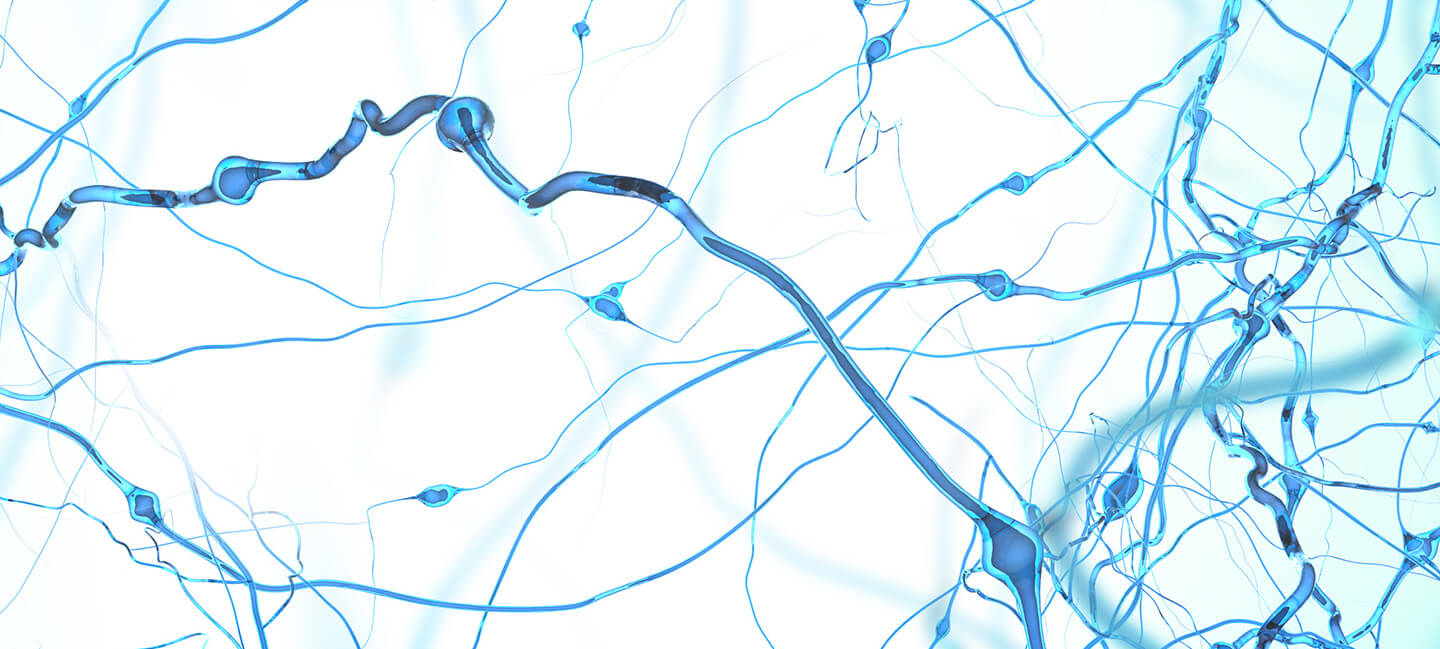Researchers Trace How Ketamine Acts on Specific Brain Circuits and Synapses to Relieve Anhedonia
Researchers Trace How Ketamine Acts on Specific Brain Circuits and Synapses to Relieve Anhedonia

Researchers have published a highly detailed account of a mechanism through which ketamine, a rapid-acting antidepressant, alters plasticity, or the strength of connections between neurons, and in so doing is able to reverse the symptom of anhedonia. The ketamine molecule is the basis for esketamine (marketed as Spravato), the first FDA-approved rapid-acting therapy for major depression.
Anhedonia, which is often experienced in depression, but also in a range of other illnesses including schizophrenia, PTSD, and the depressive phase of bipolar disorder, refers to a greatly diminished desire to seek rewards or engage in activities such as socializing that ordinarily bring pleasure.
Ketamine is of great interest not only because of its ability to rapidly reduce depression symptoms including anhedonia—often within a matter of hours—but also because it does so in about 70% of individuals who have “refractory” depression, i.e. depression that does not respond to other forms of treatment. Ketamine’s benefits can last for up to 7 days, long after its “metabolites” have been excreted.
Although this therapeutic benefit is not durable enough to be a satisfying long-term solution for major depression, which is typically chronic, it is tantalizing to researchers, who for years have been trying to discover what precisely happens in the brain when ketamine is administered. The version of the drug that is used to treat depression is given at “subanesthetic” doses, i.e., doses far below those in the form of ketamine that has long been used as an anesthetic, and fully distinguishing it from the street drug ketamine, or “Special K,” which can induce dissociation (a kind of hallucination in which one feels separated from one’s body) and carries some addiction risk.
Driving the research forward is the goal of figuring out how ketamine generates its various therapeutic actions in detail sufficient to serve as the basis for creating other drugs that can do the same or similar things, perhaps over a longer duration and without ketamine’s side-effects. One investigator who has been engaged in such work is Carlos A. Zarate, M.D., a ketamine pioneer at the NIH. He is a member of BBRF’s Scientific Council, winner of the 2011 BBRF Colvin Prize, and a two-time BBRF grantee. In the new paper describing how ketamine acts on the brain to relieve anhedonia, Dr. Zarate was member of a team led by 2018 BBRF Young Investigator Marco Pignatelli, M.D., of Washington University, St. Louis.
The team conducted its study in mice subjected to chronic stress, which generates behaviors analogous to depression and anhedonia in people. It is understood that behavioral changes in mice stressed in this way are the result of changes in brain regions implicated in reward and motivated behaviors. Prominent among such brain regions is the nucleus accumbens (NAc). A type of neuron predominant in the NAc are called medium spiny neurons (MSNs). There are two main varieties in the NAc, distinguishable by the expression of either the D1 or D2 receptor for dopamine. Together these two subtypes of MSNs in the NAc help process signals sent by dopamine neurons to encode the rewarding or aversive properties of stimuli and events.
The NAc is highly susceptible to chronic stress. Imaging studies in people have shown that depressed individuals display altered activity in the NAc. The newly reported results, appearing in the journal Neuron, identify specific cellular and synaptic elements within the NAc that are engaged when ketamine is administered in mice. It also identifies specific glutamate-driven inputs that were found to be required for ketamine to have anti-anhedonic effects.
A single exposure to ketamine, the team found, is able to “rescue,” i.e., restore to pre-stress strength, excitatory synapses on MSNs in the NAc that carry the D-1 dopamine receptor (and not the sub-population that carries the D-2 receptor). These particular synapses are weakened in animals (and likely in people) in whom a chronic and powerful environmental stressor has generated depressive and anhedonic behaviors.
It is the specificity of such a result that is potentially valuable: here, the team established the necessity of restoring the (pre-stress) strength of these weakened synapses in order for ketamine to have a sustained effect in reducing anhedonia-like behaviors.
The researchers also were able to identify the “presynaptic origin” of the synapses in the NAc neurons whose strength they were manipulating. It turned out that these MSNs with D-1 receptors received inputs from neurons in the medial prefrontal cortex (mPFC) and the ventral portion of the hippocampus (VH).
One of the team’s most intriguing findings was that in mice exposed to stress, ketamine reduced anhedonia by restoring the strength of synapses forged between D1-MSNs in the NAc with both brain areas: the mPFC and the VH. But these appeared to have distinct impacts on anhedonic behaviors. Restoration of the VH-NAc synapses affected the impetus to engage in social activity. Restoration of the mPFC-NAc synapses affected factors that enable an individual to pursue and stick with a goal such as the pursuit of something rewarding or pleasurable.
This finding is interesting because it seems to agree with a view of how behaviors in mammals (including mice and humans) evolved: over the eons, multiple parallel systems likely evolved in the brain to enable individuals to assess the value of things in the environment, and to gauge rewards (including pleasure) that promote survival.
Translated to people, and to observations of those who suffer from anhedonia and other psychiatric symptoms, this research contributes to the thesis that even a single symptom like anhedonia likely can be experienced in distinct ways. The important implication is that there may be “multiple domains of impairments” in the brain and its cells and circuits that correlate with differing experiences of fatigue, lack of energy to initiate action, and absence of volition, all seen in anhedonia, although differently, perhaps, in different people.
Among other things, this suggests one reason why different people experience illnesses like depression differently, why a single therapy doesn’t work for every patient, and why there is likely a need to discover therapies that address multiple variants of symptoms like anhedonia that may be variable in different patients. In this, as the researchers note, one can foresee the course of research over the years ahead—the more that variable changes in brain function are understood at the granular level, the greater the chance that therapies can be developed to address symptoms on the individual, personal level, and not applied generically based on a broad diagnosis such as “depression” or even “anhedonia.”




